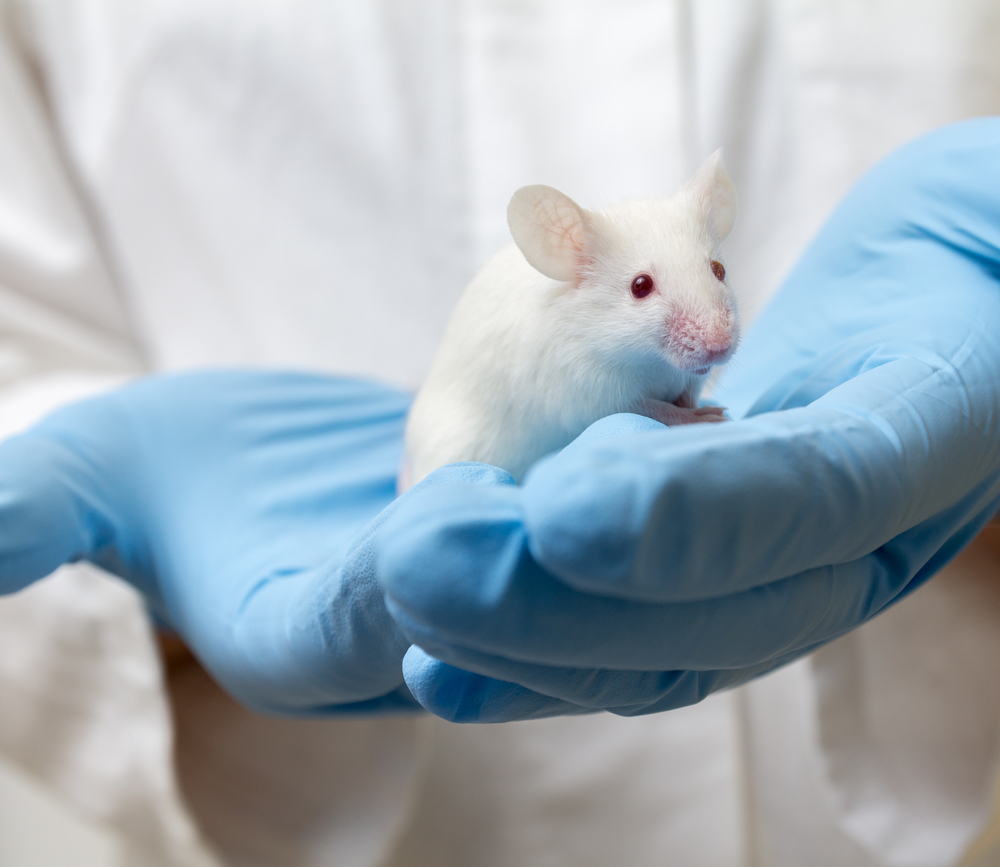Gaucher Mouse Model Mimics Broad Set of Symptoms to Aid in Therapy Discovery, Study Says

An in-depth characterization of a mouse model of Gaucher disease shows that it effectively mimics many of the visceral and neurological aspects of the disorder.
Because of this, these mice may be of great value as tools in preclinical efforts to develop new treatments for Gaucher disease, the researchers said.
The mouse model, called 4L/PS-NA, was originally created in 2005 by researchers at the Cincinnati Children’s Research Foundation. Although it has been in limited use since then, a detailed characterization had not been performed until now.
The study, “Characterization of the visceral and neuronal phenotype of 4L/PS-NA mice modeling Gaucher disease,” was published in journal PLOS ONE.
Gaucher is a lysosomal storage disorder, meaning that its symptoms stem from glitches in a cellular organelle called lysosome. The lysosome normally removes and recycles toxic waste in cells. Mutations in the GBA gene impair its function and cause Gaucher, leading to the buildup of a complex fat molecule called glucocerebroside.
Accumulated glucocerebroside results in enlarged internal (visceral) organs, low platelet counts, and a variety of neurological problems that include seizures, poor coordination, and cognitive difficulties.
Current treatments for Gaucher include enzyme replacement therapy, which intends to replace the defective or deficient beta-glucocerebrosidase enzyme needed to metabolize glucocerebroside, and substrate reduction therapy, which uses small molecules to block the production of glucocerebroside.
Both types of treatment ease visceral symptoms of the disease, but neuronal symptoms have been more challenging to target.
Because animal models are critical to discovering and characterizing potential therapeutic compounds, scientists in the Gaucher field have been trying to develop one that mimics all symptoms observed in humans.
Results of evaluations found that the 4L/PS-NA mice showed motor disabilities during tests, compared to control animals. These included shorter times hanging from a wire (indicating lesser motor strength), slipping while walking across a beam, and poorer motor coordination in the Rotarod test.
Control mice were able to improve their test results with practice over 18 weeks. No such ability was found in 4L/PS-NA mice, indicating that these deficits resulted from alterations similar to those as seen in patients.
Also similar to people with Gaucher, the 4L/PS-NA mice had an enlarged liver, spleen, and lungs. Weight gain in these organs was progressive. Biochemical changes in affected cells included a gradual increase in the size of white blood cells in the liver, spleen, lungs, and thymus.
As for neurological changes, the mouse model showed lower weight in the cerebellum, a brain area involved in coordinating and regulating muscular activity, as well as fewer and more disorganized Purkinje cells (that bring information to the cerebellum), which collectively could underlie some of the motor symptoms. The mice also showed strong evidence of inflammation in the brain.
Compared to other mouse models of Gaucher, the 4L/PS-NA mice live longer, providing a better time window for treatment studies, the scientists said. They also more effectively mirror the range of symptoms seen in humans, including nerve cell features.
As such, the 4L/PS-NA mice are most similar to types 2 and 3 Gaucher, as type 1 does not typically involve neurologic symptoms.
“Our results thus provide a detailed characterization of the 4L/PS-NA mouse model over age, showing the translational value of the model and validating its usefulness for preclinical efficiency studies to evaluate new compounds against Gaucher disease,” the scientists wrote.


